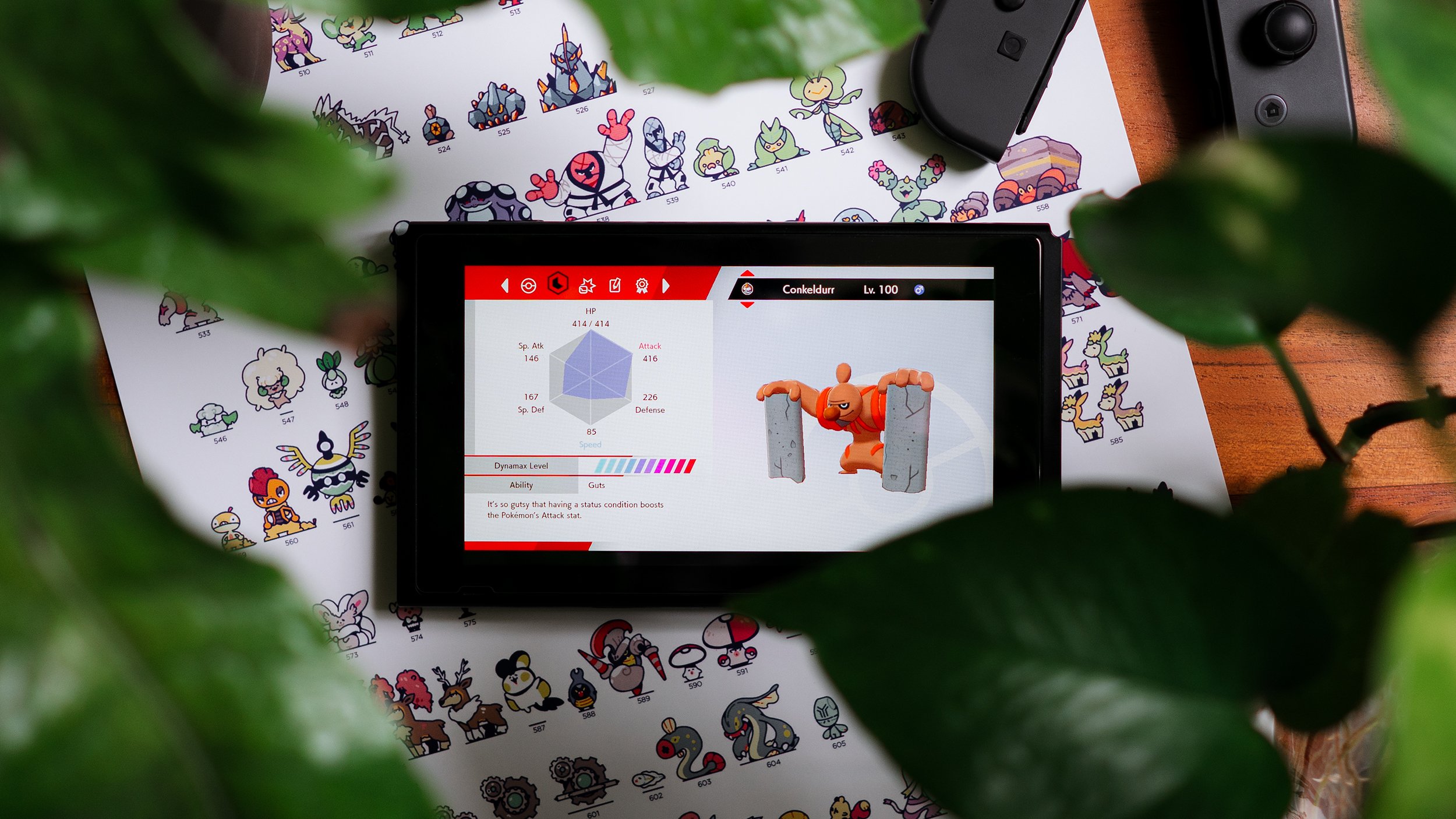
What is a Game Plan?
5min 14sec read
Game plans will help guide you as you approach a battle - learn about the key concepts that go into making a good game plan.
Written by Aaron Zheng
Battling / Before The Battle
A game plan is a general approach to how you plan on winning a battle. They are helpful because they give you some sense of how you’re going to navigate the battle ahead, and what your goals and objectives are.
You will typically use a combination of the following in creating a successful game plan:
Knowing the key strengths/strategies of your team: a good starting point for creating a game plan is focusing on your team’s primary strengths/strategies and modifying them based on your opponent’s team.
Knowing the nuances of your team: Sometimes, even just a single move choice or EV spread can be specifically designed to beat a Pokemon - the more you understand the team you are using, the easier it will be to create a game plan. This is why familiarity with a team is especially important!
EXAMPLE
The rental team you are using has Jolly 164 Speed EV Incineroar, and another Pokemon has Tailwind. This combination is designed specifically so that you can outspeed and OHKO Zacian-C with Flare Blitz under Tailwind. That may not be apparent when you just look at the team on paper, but knowing this fact can make thinking through the battle a lot easier for you.
Analyzing your opponent’s teams: game plans need to take the opposing team into account. You’ll often start with your key strengths/strategies & ask yourself how your opponent can handle these strengths.
Identifying your key win conditions: Being able to figure out what your best path to victory is - this could be from a variety of ways (e.g. identifying the main Dynamax Pokemon you need to play around, identifying a key Pokemon on their side you need to eliminate quickly, etc.)
Team Preview: If you can figure out what four Pokemon (and lead selection) give you the best chance of victory, you can theory out what you think the first two turns of the battle will look like before it starts.
Play around the strongest attackers/key strategies on your team
Ask yourself how your opponent can beat these Pokemon (look for how they can knock out these Pokemon quickly, especially in one attack)
If they DON’T have a clear/viable solution, it’s often fine to just start with your strongest combos
If they DO have a clear/viable solution, think about the odds of your opponent identifying that solution & how you can potentially counter it
Look for key weaknesses in your opponent’s team
No team is perfect - observe your opponent’s team and look at what areas they may be weak in and how your team can take advantage of that.
Examples:
Typing: Your opponent does not have any Pokemon that resist or are immune to a certain type of attack you have on your team - this makes it more difficult for them to switch throughout a game, often reducing the amount of predictions you need to make.
Speed: Your opponent’s Pokemon generally revolve around one Speed bracket and rely heavily on certain types of Speed control. You can look towards denying them that Speed control, or how to stall that Speed control until it runs out.
Specific Pokemon: Your opponent struggles to deal large amounts of damage to a specific Pokemon on your team, making it harder for them to deal with that Pokemon. Pay particular attention to its positioning throughout the battle.
Lack of Damage: Your opponent does not have too many Pokemon that are strong attackers, meaning they have to rely on a few options in order to actually pick up KOs and win games. Neutralize those threats early.
Early Game vs. Late Game: Some teams rely heavily on dealing damage in the early game and fall off significantly after their Dynamax is over. Other teams rely on setting up early and struggle to deal damage in the early game. Try to identify how the opposing team wants to approach the game & play accordingly.
The “Pace” of the Battle
When you lead, are you going to have offensive pressure?
If not, will you have a way to eventually get to that offensive pressure? If you only have defensive Pokemon, you’re not going to have the damage to finish the battle.
If not, what opportunities will your opponent have to set up or take advantage of your defensive lead?
What Pokemon on their team are going to be threatened by your lead? Which are not going to be threatened by your lead?
What does the end of the battle look like in your head? What happens when Tailwind, Trick Room, or Dynamax run out? Can your Pokemon in the back close the battle out well? For example, if they don’t do very much damage, you might “run out of steam” after you lose a knockout (e.g. supportive Pokemon that have very little attack investment are less useful if they are the last Pokemon remaining). If you can get a Pokemon into a solid defensive position by removing Pokemon that threaten it, or reduce your opponent to Pokemon with weak attacks, you can close out tight endgames.
Think about how turn 1 of the battle will play out
The first turn of a battle often sets the scene for the rest of the game, especially if one player is able to gain a major advantage via a lead advantage– a lead that’s strong into their opponent’s choice.
Try to play out the first turn in your head against a variety of lead combinations that you expect them to go with. Do you have a “safe” play that succeeds regardless of what your opponent goes for?
When you come up with game plans, things can go south quickly if the early game does not play out how you expect it to. Do you have ways to come back from a bad turn 1?
It’s important to point out that game plans are adaptive - you’ll often change and deviate from your main strategy as the game progresses. A key skill in VGC is being able to improvise & adapt in any given turn. However, it’s still important to think about the big picture & have some idea of what goals you want to accomplish during a game.

